25 Legendary Movie Scenes That Changed Film Forever
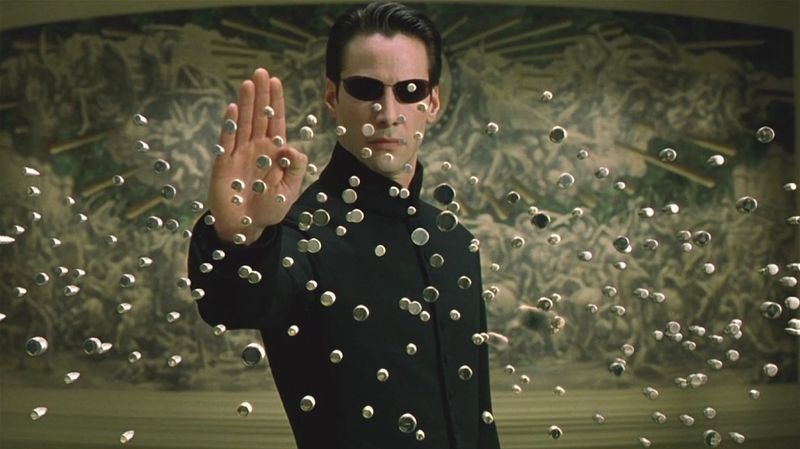
Film history is full of unforgettable moments, but only a select few scenes have truly reshaped the industry, altered the course of filmmaking, or left a mark so deep that future directors still echo their influence today. These aren’t just popular moments—they’re turning points. Technological breakthroughs, emotional climaxes, and narrative gambles all converge in these iconic scenes. Here are 25 legendary movie scenes that didn’t just captivate audiences—they changed the way stories are told on screen.
1. “Here’s Looking at You, Kid” – Casablanca (1942)
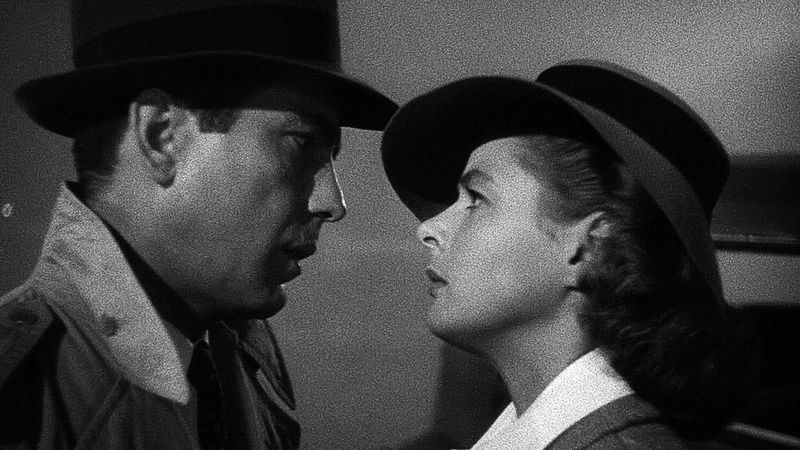
Few film quotes have resonated through time as powerfully as this farewell between Rick and Ilsa. It’s not just about lost love—it’s about choosing principles over passion, a theme rarely handled with such elegance.
In a foggy airport, with Nazi forces looming in the background, this scene delivers heartbreak and honor simultaneously. The script, the score, and Humphrey Bogart’s calm resignation combined to create one of cinema’s most poignant moments. It became the blueprint for romantic sacrifice and is still referenced as a gold standard in screenwriting and character arcs.
2. The Shower Scene – Psycho (1960)
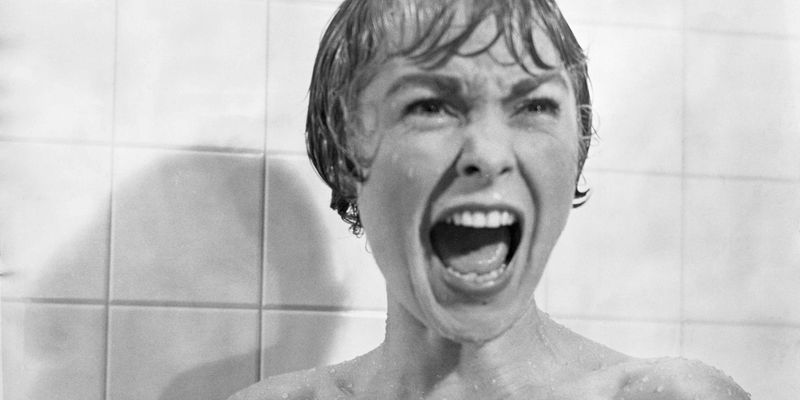
Audiences in 1960 had never seen anything like it. The moment Marion Crane steps into the shower, Hitchcock pulls the rug out from under viewers, killing off the main character just 45 minutes in.
With Bernard Herrmann’s screeching violins and quick, disorienting cuts, the sequence was both terrifying and revolutionary. It introduced a new kind of psychological horror, one rooted in realism and suggestion rather than monsters. The shower scene redefined audience expectations and taught filmmakers that no one was safe—even their protagonists.
3. The Opening Crawl – Star Wars: A New Hope (1977)
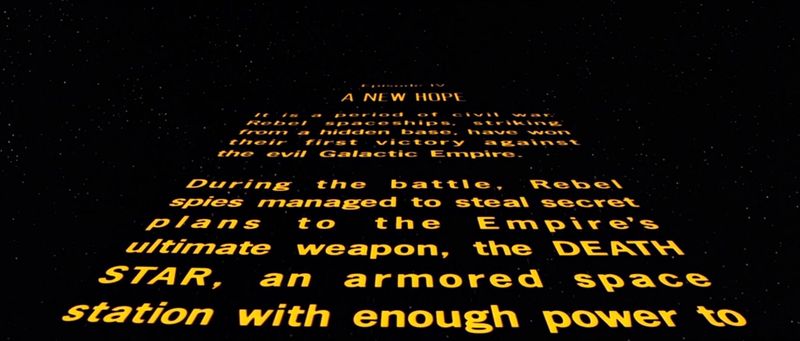
As the orchestral blast of John Williams fills the theater, golden text begins scrolling into a star-filled backdrop, setting the stage for a galaxy-wide adventure. It was immersive from the first second.
This simple text crawl was both a stylistic homage to old sci-fi serials and a bold narrative device. It gave viewers all they needed to know without exposition-heavy dialogue. Since then, the format has become iconic, copied across genres, and instantly evokes excitement for generations of fans.
4. Rocky Running Up the Steps – Rocky (1976)

As “Gonna Fly Now” plays, Rocky Balboa jogs through the streets of Philadelphia, eventually sprinting up the steps of the Philadelphia Museum of Art with triumphant energy. It’s more than a training montage—it’s cinematic motivation distilled.
This scene visualized the grit, heart, and perseverance of an underdog. Its rawness, simplicity, and universal symbolism of triumph made it one of the most inspirational movie moments. To this day, the “Rocky Steps” remain a pilgrimage site for dreamers and athletes alike.
5. The Odessa Steps – Battleship Potemkin (1925)
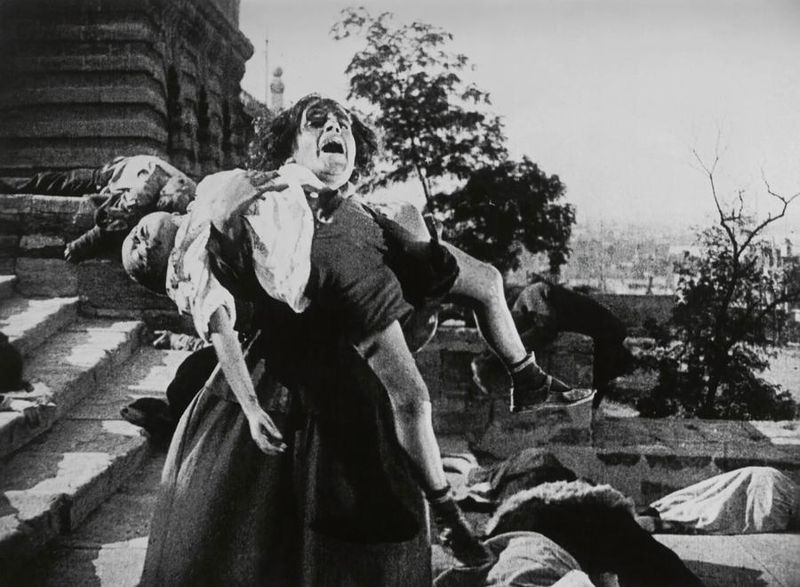
What began as a piece of Soviet propaganda ended up revolutionizing film editing. The Odessa Steps massacre scene demonstrated the emotional power of montage with haunting clarity.
Cross-cutting, quick cuts, and symbolic imagery—like the baby carriage tumbling down the steps—created an overwhelming sense of chaos and horror. Sergei Eisenstein proved that editing could manipulate time and amplify emotion. The scene’s influence spans generations, echoed in everything from The Untouchables to The Godfather.
6. Dorothy Steps into Color – The Wizard of Oz (1939)
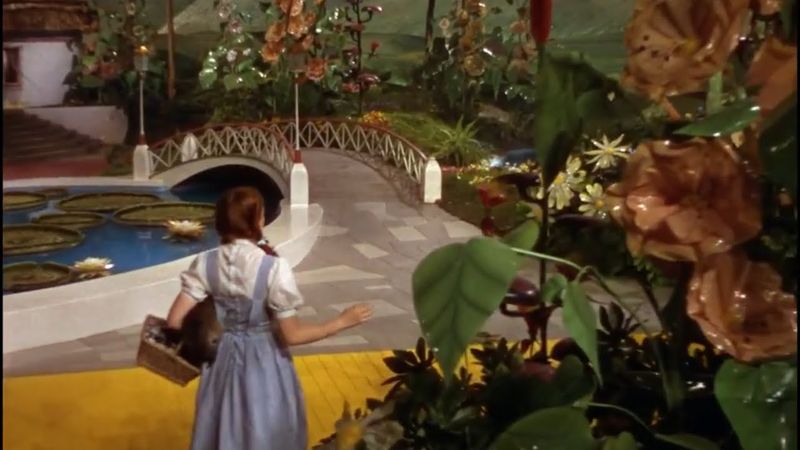
Audiences gasped as the sepia-toned Kansas transitioned into the Technicolor dreamscape of Oz. It was a magical moment of visual storytelling that signaled a new era for cinema.
This technical innovation was more than just a gimmick. It served the narrative, highlighting the contrast between dull reality and vibrant imagination. The effect made an unforgettable first impression and solidified The Wizard of Oz as a masterpiece of fantasy filmmaking.
7. “I’m Walkin’ Here!” – Midnight Cowboy (1969)
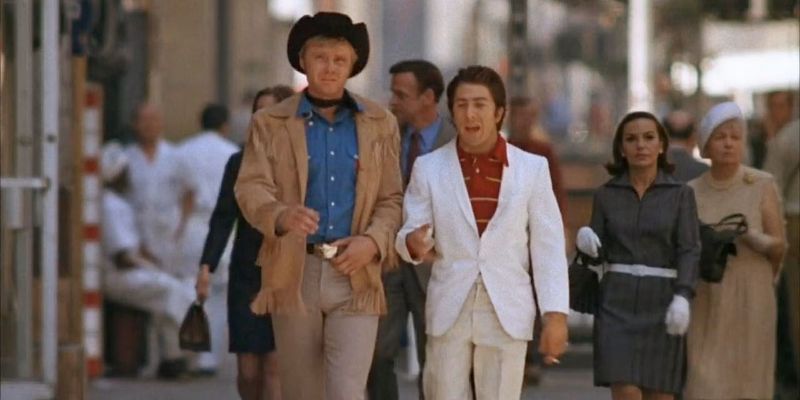
A real New York cab nearly ran down Dustin Hoffman, but his improvised response—“I’m walkin’ here!”—was so authentic it made the final cut. That unscripted moment became symbolic of the film’s gritty realism.
The line broke the fourth wall and grounded the film in the unpredictable chaos of real city life. It wasn’t just iconic—it helped shift American film toward a more naturalistic, raw style, reflecting the urban grit of late 1960s America.
8. The Chestburster – Alien (1979)
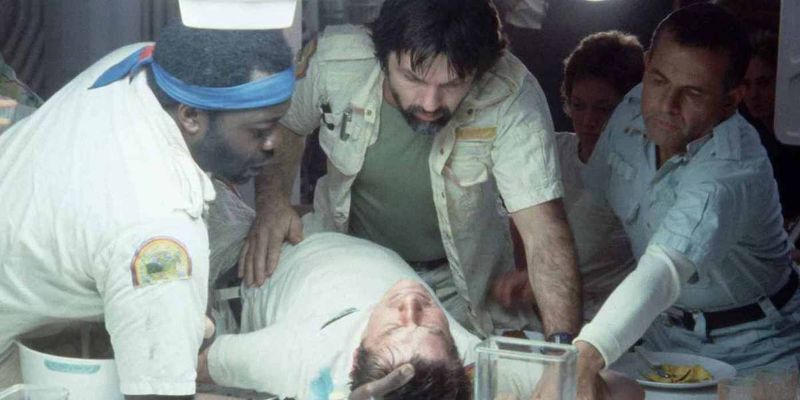
Everything changes when that creature explodes from Kane’s chest. What began as slow-burn suspense turned into one of the most shocking moments in cinematic history.
The cast’s genuine reactions (kept in the dark about the specifics of the scene) added to its terror. It was the birth of body horror on a mainstream scale and showcased the power of practical effects. Alien became a genre hybrid—sci-fi, horror, and thriller—forever altering what a space movie could be.
9. The Opening Scene – Saving Private Ryan (1998)
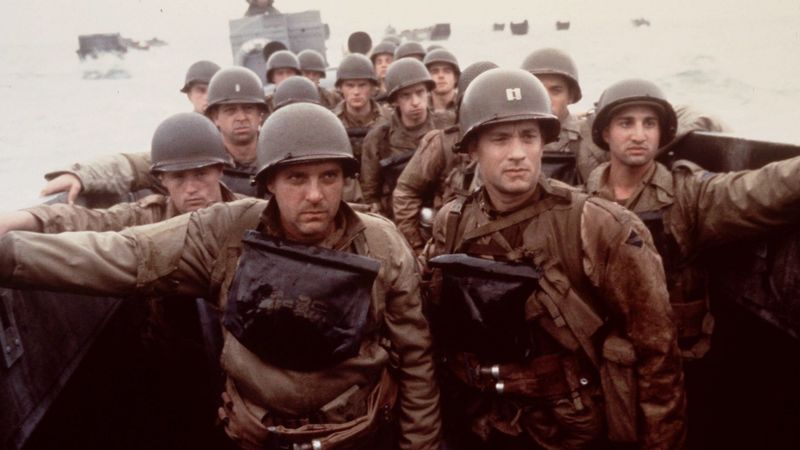
The D-Day landing at Omaha Beach wasn’t stylized or sanitized. Instead, it was raw, disorienting, and unbearably real. Spielberg wanted audiences to feel the chaos of war, and he succeeded.
This scene redefined war films with its handheld camera work, deafening sound design, and brutal honesty. Veterans called it the most accurate depiction of battle ever captured. It raised the bar for realism and ushered in a new wave of serious war dramas.
10. The Bullet-Dodging – The Matrix (1999)
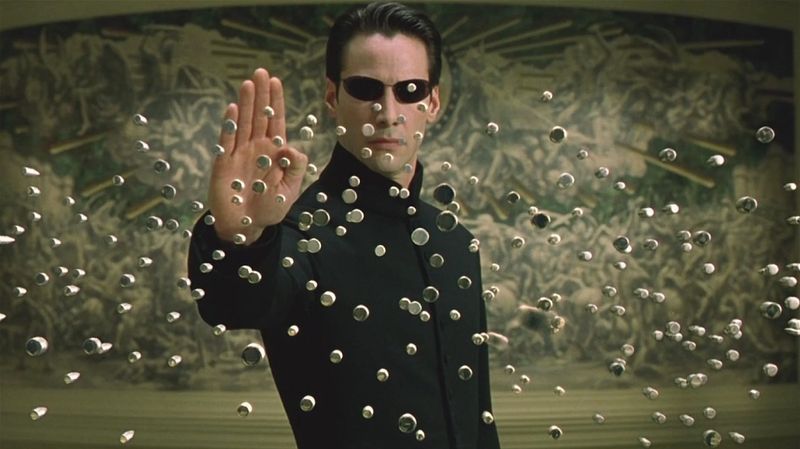
As Neo bends backward in slow motion, narrowly avoiding bullets, cinema changed. This moment, enhanced by “bullet time” technology, redefined action choreography.
The Wachowskis used innovative camera techniques and visual effects that created a hypnotic, hyper-stylized reality. The scene not only revolutionized VFX but also elevated the philosophical and stylistic expectations for action films. Its influence can be seen in everything from video games to fight choreography today.
11. The “I’m Flying” Scene – Titanic (1997)
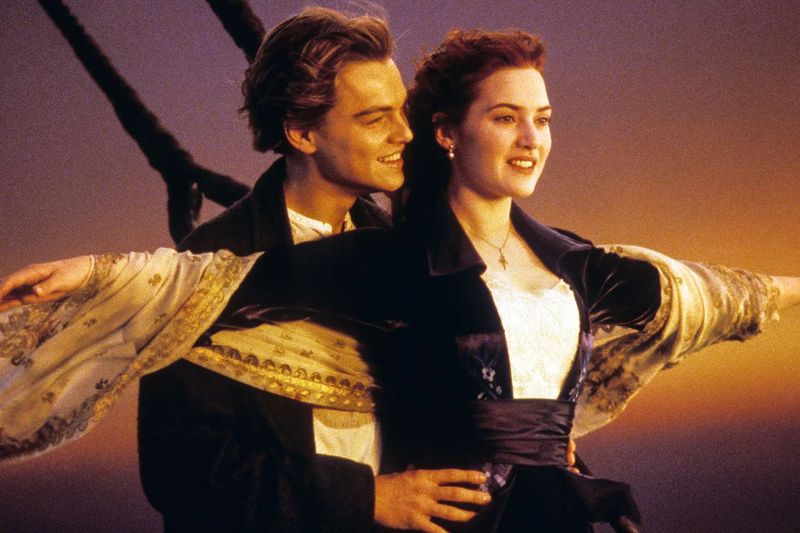
Perched on the bow of the RMS Titanic, Jack and Rose stretch their arms into the wind, and she declares, “I’m flying.” It’s a romantic fantasy wrapped in tragedy.
More than just a visually arresting moment, this scene symbolized youthful freedom and the intoxicating joy of falling in love. James Cameron used this iconic image to contrast the grandeur of the ship with the intimacy of two people swept up in something bigger than themselves. It became instantly recognizable and endlessly referenced in pop culture.
12. “You Talkin’ to Me?” – Taxi Driver (1976)
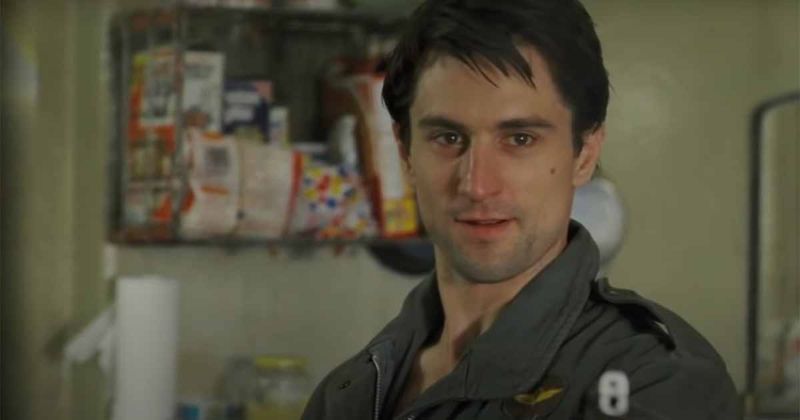
Travis Bickle, played by Robert De Niro, stares into a mirror, challenging an imaginary threat with a line that wasn’t even in the script. That line—“You talkin’ to me?”—became legendary.
This scene revealed the unraveling psyche of a loner disconnected from society. It blurred the line between performance and reality, laying the groundwork for future antiheroes in film. De Niro’s improvisation proved that a single unscripted moment could capture the essence of a character—and resonate for decades.
13. The Godfather’s Baptism – The Godfather (1972)
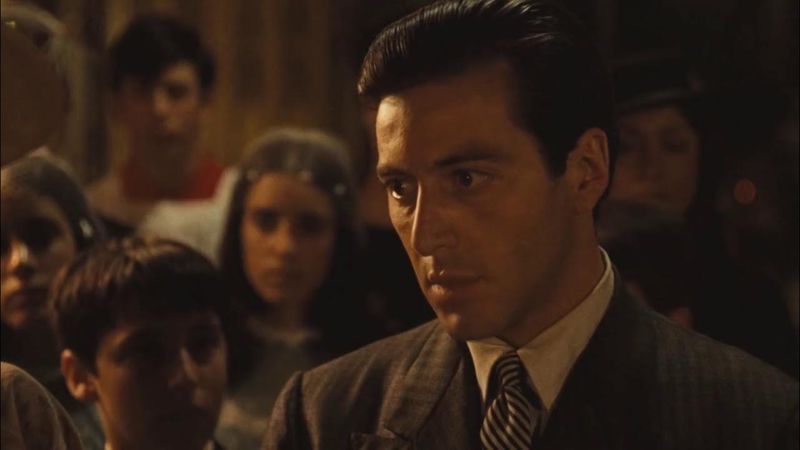
Michael Corleone stands as godfather to his nephew while his enemies are ruthlessly executed. The church’s holy vows overlap with brutal murders in a chilling cross-cutting masterpiece.
The contrast between sacred and profane emphasized Michael’s transformation into a cold-blooded don. It elevated editing to an art form—narrative, symbolic, and emotional. Francis Ford Coppola used this scene to show that in film, moral complexity can be constructed not just through words, but through juxtaposition.
14. “I Am Your Father” – The Empire Strikes Back (1980)
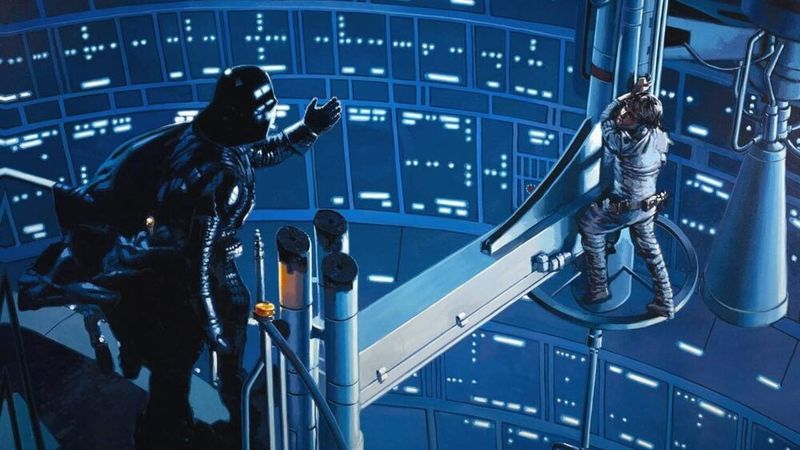
The galaxy shifted when Darth Vader revealed to Luke Skywalker: “No, I am your father.” It was more than a twist—it was a seismic narrative shift.
This moment stunned audiences and deepened the Star Wars saga with a mythic, Shakespearean layer of family betrayal. It reshaped how sequels could evolve their characters and left a cultural echo that still reverberates today. Suddenly, heroes and villains were not black and white, but bonded in blood.
15. T-Rex Attack – Jurassic Park (1993)
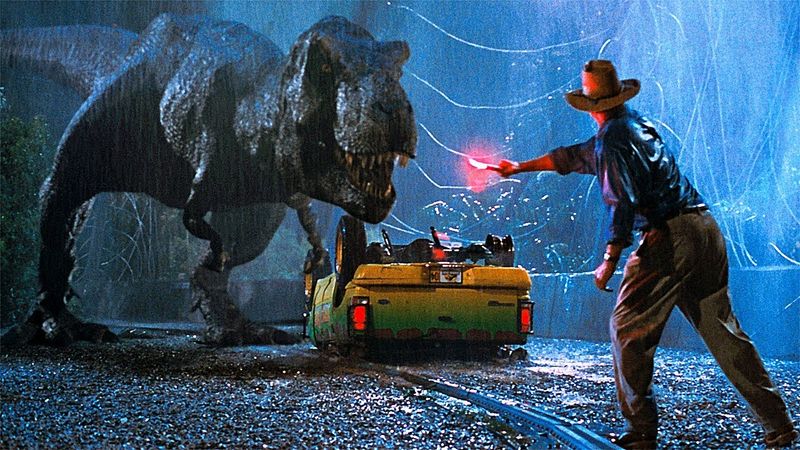
The rippling water in the cup. The thunderous roar. The towering beast breaking through the fence. Audiences had never seen dinosaurs look so real—or feel so terrifying.
Steven Spielberg used cutting-edge CGI and animatronics to bring prehistoric creatures to life with unprecedented realism. The T-Rex’s arrival set a new standard for visual effects and sound design. It showed that spectacle could serve story—and that wonder and terror could coexist on the same screen.
16. The Shower Scene – Carrie (1976)

Blood, bullying, and budding powers collide in the haunting opening scene of Carrie. It begins innocently in a locker room and descends into psychological horror.
De Palma’s use of slow motion and ethereal music turns the sequence into a surreal and uncomfortable awakening. When Carrie experiences her first period and is mocked for it, the horror isn’t supernatural—it’s societal. This scene challenged taboos and spotlighted female trauma in a genre that had long overlooked it.
17. Singing in the Rain – Singin’ in the Rain (1952)
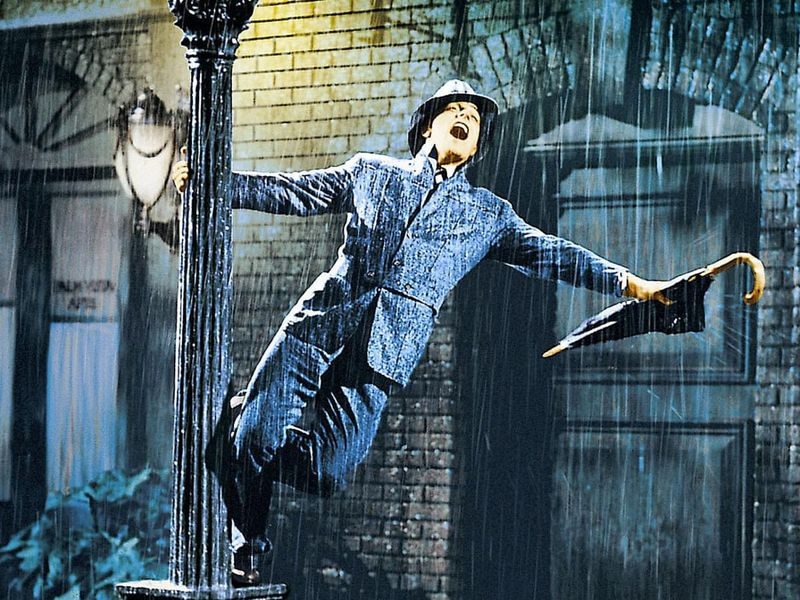
Gene Kelly twirls an umbrella and splashes in puddles as he dances through a joyous rainstorm. It’s pure magic—one man, one street, and endless exuberance.
Though deceptively simple, this scene combined technical mastery with emotional sincerity. It reminded audiences that musicals could be as intimate as they are grand. The choreography, cinematography, and sheer charm set the standard for musical numbers—and it’s still a joyous symbol of the genre today.
18. HAL’s Shutdown – 2001: A Space Odyssey (1968)
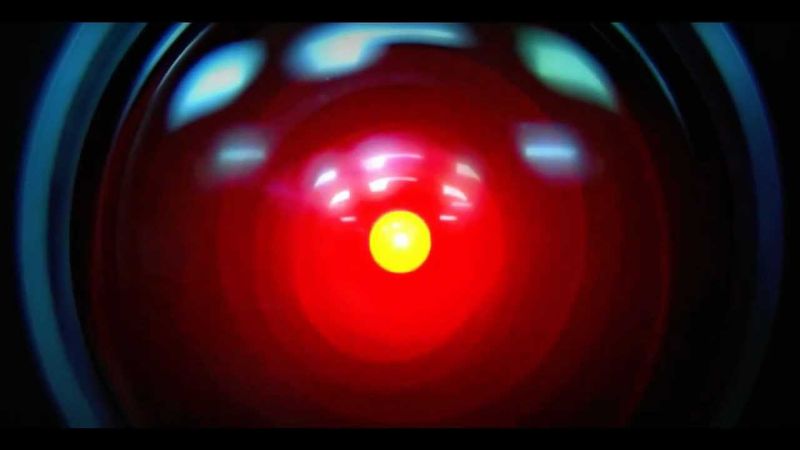
As astronaut Dave Bowman disables HAL 9000, the AI pleads for its life in a slow, robotic voice. The scene is eerie, methodical, and deeply unsettling.
This wasn’t just a man vs. machine moment—it was the dawn of philosophical sci-fi. HAL’s increasingly human responses challenged viewers to question consciousness and control. Kubrick’s blend of sound design, pacing, and emotion created one of cinema’s most thought-provoking climaxes, laying the groundwork for AI as a serious narrative theme.
19. “I Drink Your Milkshake” – There Will Be Blood (2007)

Daniel Plainview’s furious monologue about greed and dominance builds to a chilling finale: “I drink your milkshake!” It’s intense, absurd, and unforgettable.
Daniel Day-Lewis delivers a performance that’s equal parts menacing and magnetic, encapsulating capitalism’s most twisted extremes. The scene stripped away all pretense, revealing power for what it is—destructive, empty, and lonely. It turned an oil baron into a cultural metaphor and gave modern film one of its most iconic closing acts.
20. The Mirror Scene – Duck Soup (1933)
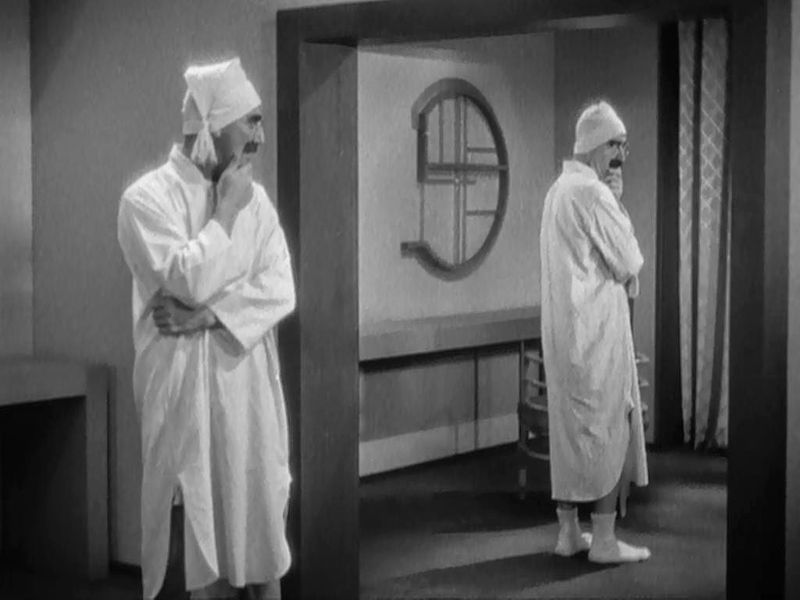
Groucho and Harpo Marx engage in a surreal and hilarious mirror pantomime that defies time and logic. Though there’s no mirror, they match each other’s movements perfectly.
This bit of silent-era slapstick stands out in a sound-era film, highlighting physical comedy’s enduring power. It’s a testament to timing, imagination, and the universal language of laughter. Echoed in cartoons, sitcoms, and other comedies, this scene proved that sometimes, no words are the funniest punchlines.
21. “Why So Serious?” – The Dark Knight (2008)

A chilling story about a father and a knife. That’s how Heath Ledger’s Joker introduces himself—without fanfare, only psychological dread.
This first scene cemented Ledger’s version of the Joker as something terrifyingly unpredictable. It wasn’t about chaos for laughs—it was chaos with purpose. The tension, the close-ups, and Ledger’s magnetism marked a shift in how comic book villains could be portrayed. It raised the bar not just for superhero films, but for villains across all genres.
22. Time Travel Rules – Back to the Future (1985)
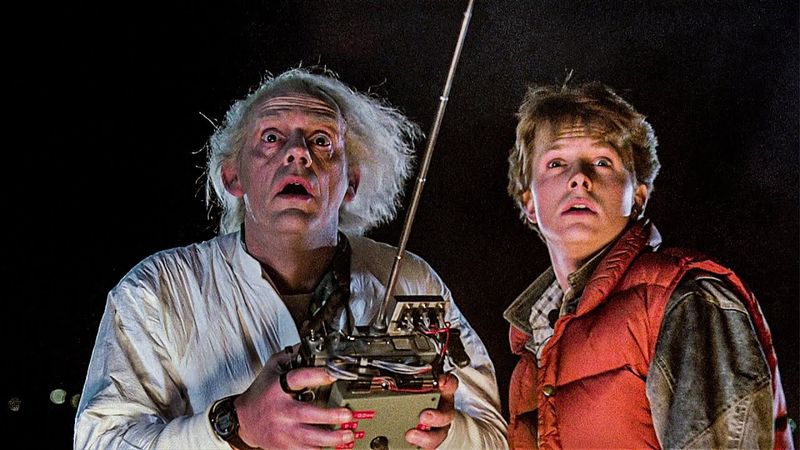
Marty McFly’s explanation of how time travel works using a chalkboard and a DeLorean was surprisingly clear—and incredibly fun.
This scene accomplished what most sci-fi films struggle with: it made complex concepts entertaining and easy to follow. The blend of humor, urgency, and visual clarity helped audiences invest emotionally in the stakes. It influenced not just other time travel stories, but how exposition can be playful without losing depth.
23. Andy Escapes – The Shawshank Redemption (1994)
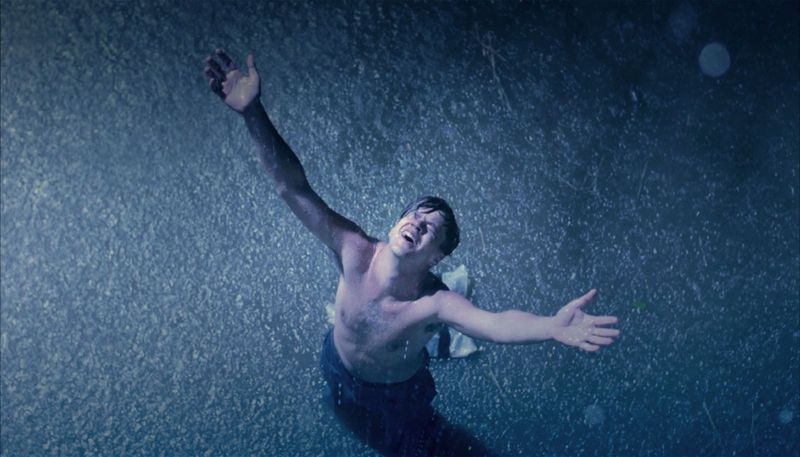
After years of silence and planning, Andy Dufresne crawls through 500 yards of sewage to escape Shawshank Prison—and then stands in the rain with his arms raised in triumph.
This emotional release is the ultimate payoff for a story built on patience and hope. Frank Darabont’s slow build and Tim Robbins’ quiet performance made the moment feel earned. It’s a visual metaphor for rebirth and redemption that has moved audiences for decades.
24. The Ride of the Rohirrim – The Lord of the Rings: The Return of the King (2003)
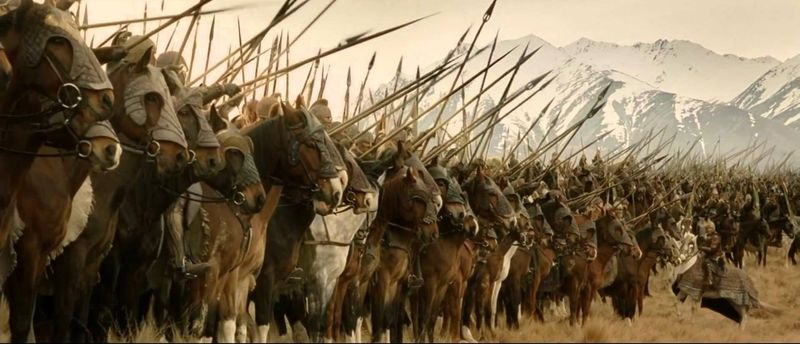
As thousands of Rohan warriors charge down the hill at Pelennor Fields, King Théoden’s rallying cry echoes like thunder across Middle-earth.
Peter Jackson’s sweeping camera work, Howard Shore’s rousing score, and the sheer scale of the moment made this one of the most epic battle scenes in cinema. But beyond the spectacle, it’s a moment of courage in the face of doom—pure, cinematic heroism at its finest.
25. The Snapping – Avengers: Infinity War (2018)
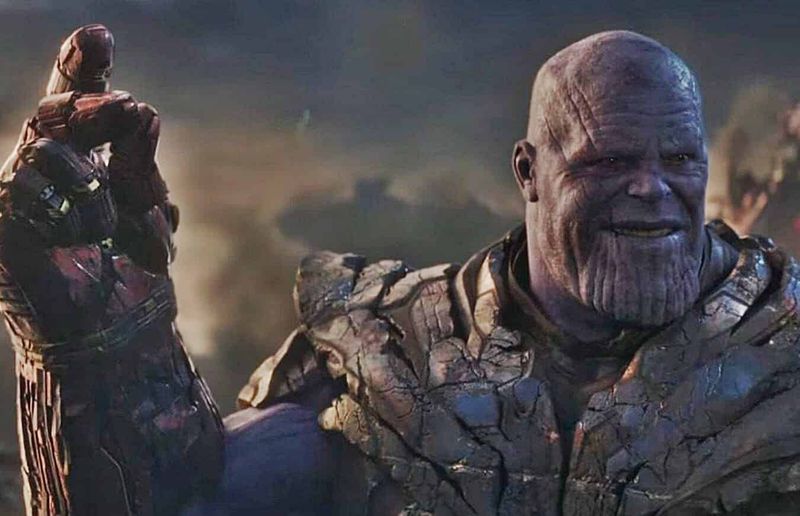
With a snap of his fingers, Thanos wipes out half of all life in the universe. No music, no build-up—just silence and ash.
Marvel stunned its global audience by letting the villain win. This scene marked a turning point in how franchise films approached consequence and narrative risk. Heroes disappeared. Children cried. Adults gasped. It wasn’t just a cliffhanger—it was a cultural event. The moment redefined blockbuster storytelling and proved audiences could handle heartbreak in a superhero world.

Comments
Loading…